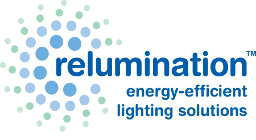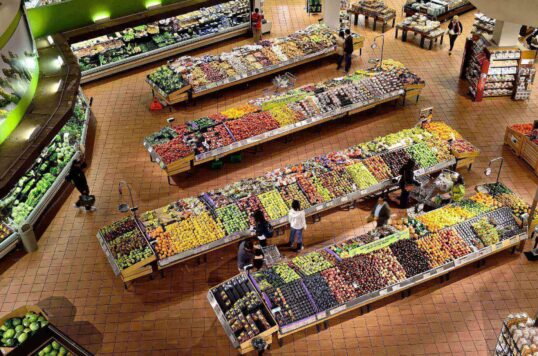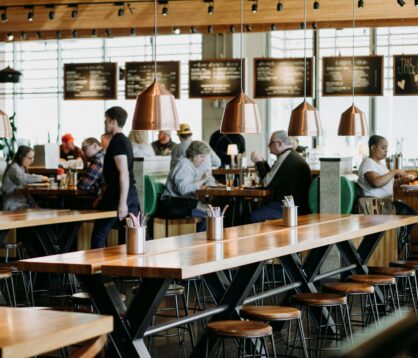
Lasts Longer and Uses Less Energy
LED lighting lasts over 20 times longer and consumes much less energy than other lighting sources like high-intensity discharge lights and incandescent lights. LEDs offer as much as 60,000 hours in lifespan, whereas you only receive 1500 hours with the incandescent bulbs. Typically, you can use an LED light for around 7 years before you need to replace it. They last, on average, over 10 times longer than compact fluorescent bulbs and almost 133 times longer than your standard incandescent bulbs. Compared to the regular fluorescent and incandescent tubes, maintenance and long-term operating costs are reduced significantly with industrial LED lighting.
The US Department of Energy states that using LED lighting offers far more energy savings in the US. In fact, they anticipate that by the year 2027, the use of LEDS could save around 348 terawatt hours of electricity versus not using them and save as much as $30 billion in electricity costs.
Fewer Lights Needed
LED lighting focuses light in a single direction and offers better light distribution than the other lighting types, which emit light in every direction, waste energy, and, in most cases, illuminate areas where no light is needed, like the ceiling, for example. This means you get the same brightness level as you would with incandescent and fluorescent lights, but with fewer lights. By reducing how many lights you actually use, you reduce energy consumption,n and this helps the environment.
Impact on Sustainability
As more advantages become apparent, businesses choose green lighting and sustainable design. Much more attention is being paid to today’s environmental issues. More benefits are being offered to companies that make the effort to work in a sustainable atmosphere, as the requirement for sustainable design continues to grow. Accreditations like the Leadership in Energy and Environmental Design (LEED) now offer companies guidelines for creating an eco-friendly and sustainable building. Companies and buildings that are able to obtain this LEED accreditation are offered many different local and state government incentives, such as tax breaks. Energy consumption is a big category in being considered for LEED accreditation.




